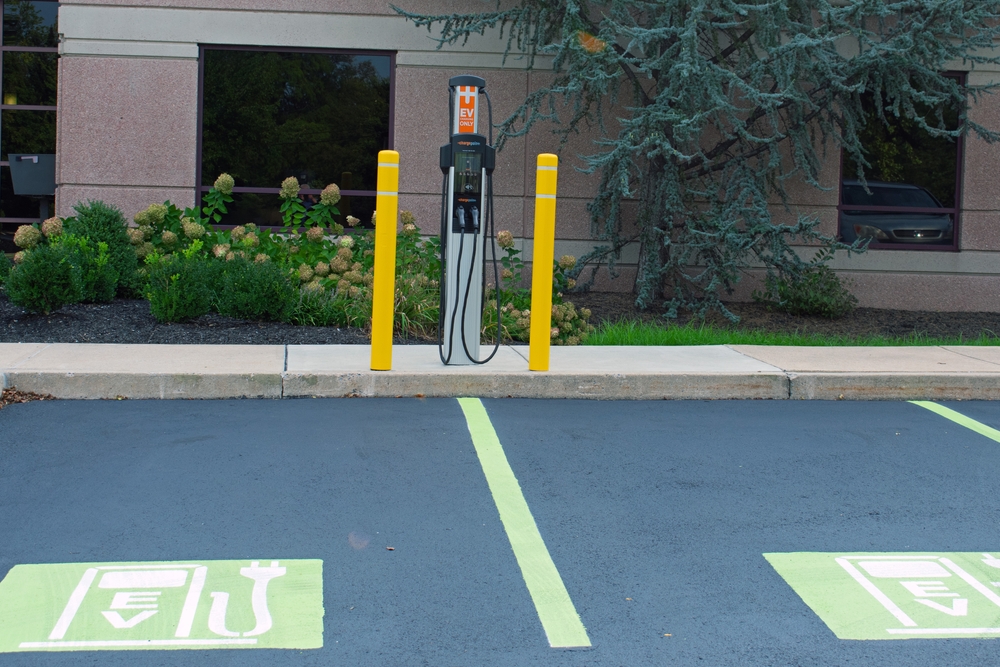The Government has announced that the WCS will come to an end on 31st March 2024 at 11.59pm.
The Workplace Charging Scheme Grant – why installing EV charge points at your workplace might not be as costly as you first thought…
With the government’s intention to stop selling new combustion vehicles by 2030 and the gradual transition to zero emission vehicles, more consumers are opting for electric vehicles. This means that the opportunity for businesses to support their employees in providing work place charging will become more important. Future proofing your workplace can seem expensive, however, the Workplace Charging Scheme grant is here to help:
What is the Workplace Charging Scheme?
The Workplace Charging Scheme (WCS) is a government grant which covers up to 75% of the total costs of purchasing and installing EV charging points at the work place. The grant covers a maximum value of £350 per charge point and a total of 40 charge points across all sites, per applicant. This allows a workplace to purchase and install charge points with a potential saving of £14,000! If your workplace purchases and installs less than 40 charge points, it can apply for the remainder in the future.
How do I know if my workplace is eligible for the grant?
The Workplace Charging Scheme grant is available if you are a business, charity, public sector organisation. If your workplace is intending to encourage employees to use electric vehicles as a way of getting to work and provides dedicated parking for staff on site (or at a reasonable distance from the workplace), this fulfils some of the criteria for eligibility. However, the workplace also needs to either own the property at which the charge points will be installed; or have permission from the landlord to install the charge points.
Am I eligible if my workplace is also my residential property? (Working from home)
According to the Office for Zero Emission Vehicles (OZEV), if your primary place of work is at your home address, and that address is registered as your place of business with Companies House or HMRC, you could be eligible for the WCS.
How do I prove that my workplace is a registered business?
Your workplace will need to prove its status by providing its Companies House registration number. This is the main form of proving eligibility for your workplace and we are experienced in guiding our workplace customers through this process.
How do I apply for the grant?
The workplace charging scheme grant is a voucher based scheme which is applied for online by the workplace. After installation of the chargepoint(s), we redeem the voucher to claim the grant from the Government.
Is your workplace considering installing electric vehicle car charge points? Do you need some advice on where to start?
Contact our expert sales advisers today for a free, no obligation quote on 0330 135 9990
Don’t have time to discuss your workplace charging needs right now? Leave your details here https://www.evolutionsolutions.co.uk/contact/ and one of our advisers will call you at a time that’s convenient for you.
Use our FREE product finder here: https://www.evolutionsolutions.co.uk/find-your-charger/


